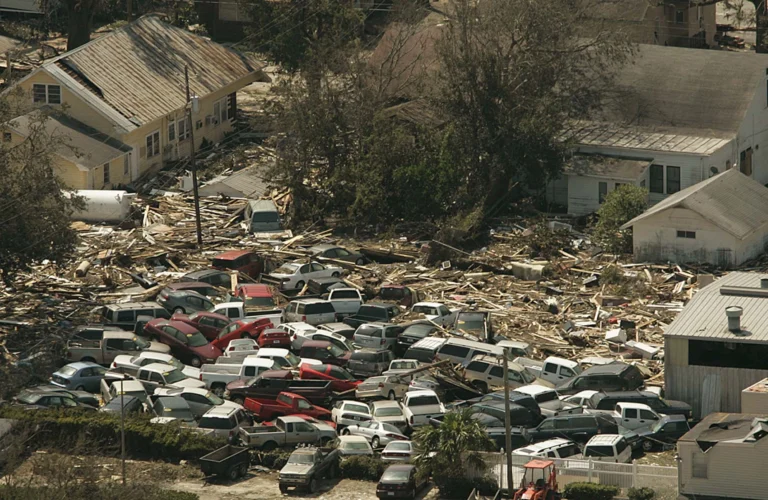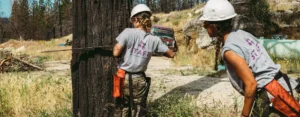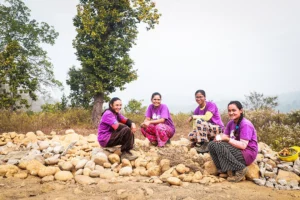What is Disaster Risk Reduction?
Disaster Risk Reduction (DRR) is defined as the holistic approach to identifying, assessing and analyzing the threats associated with disasters and reducing future impacts based on those assessments.
While hazards are inevitable, and the elimination of all risk is impossible, there are many technical measures, traditional practices and public responses that can reduce the extent or severity of economic and social disasters. Hazards are a part of living with nature, but human behavior can be altered to better prepare.
The Sendai Framework, a United Nations-sponsored agreement, provides a roadmap for DRR, outlining targets and priorities to prevent new and reduce existing disaster risks. These include:
- Understanding disaster risk
- Strengthening governance to manage disaster risk
- Investing in reduction for resilience
- Enhancing preparedness for effective response and to “Build Back Better” in recovery, rehabilitation and reconstruction
It aims to achieve a substantial reduction of losses of lives, livelihoods and communities.
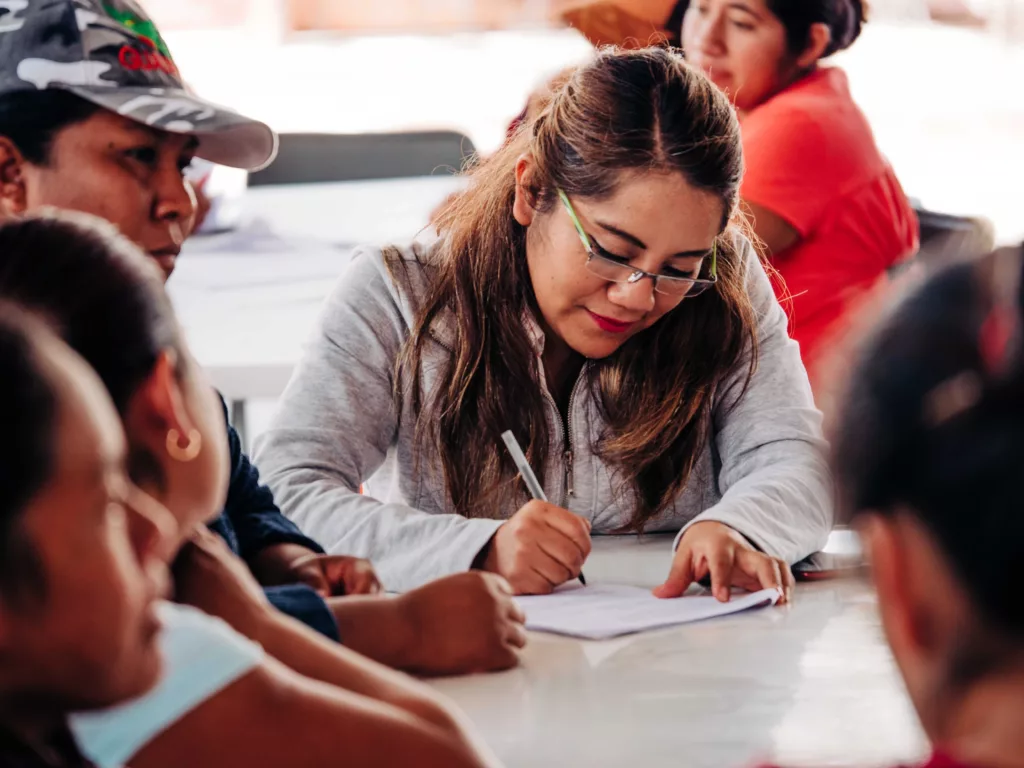
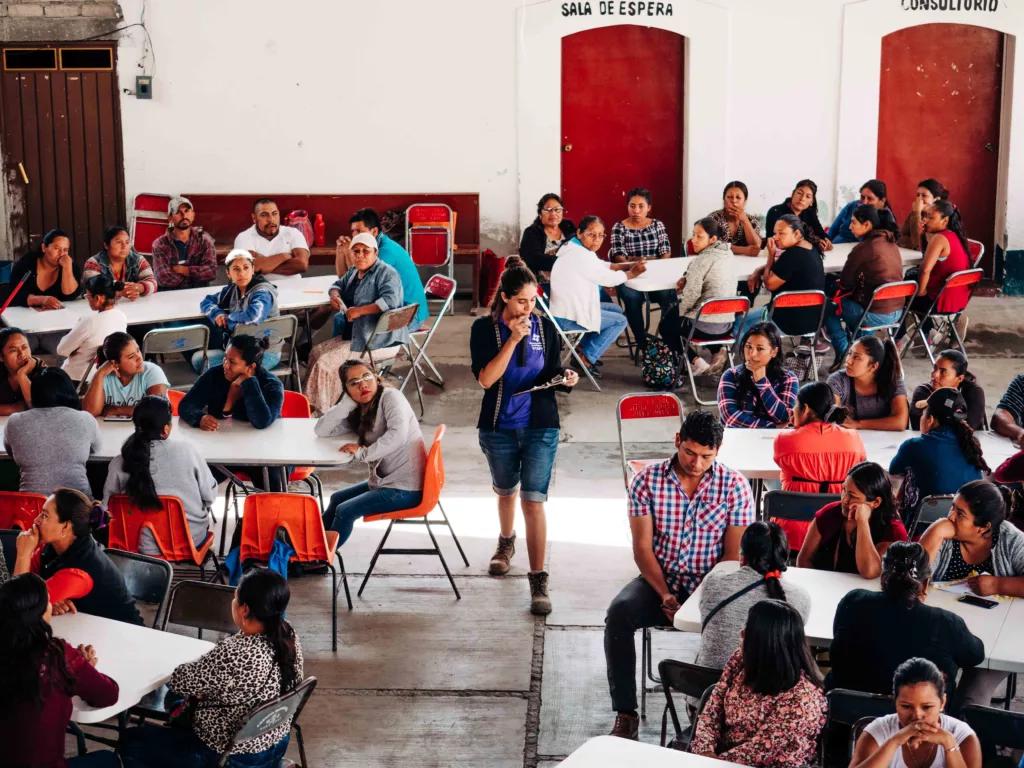
Why is DRR Important?
The risks associated with disasters affect lives, livelihoods and health; impacting the economic, physical, cultural and environmental well-being of individuals, communities and countries.
“Disasters, many of which are exacerbated by climate change and which are increasing in frequency and intensity, significantly impede progress towards sustainable development.” -Sendai Framework for DRR
All Hands & Hearts’ Approach
All Hands & Hearts (AH&H) recognizes that the journey after disaster strikes stretches further than recovery and the importance of resiliency and building back better. We want disaster-impacted communities to recover feeling stronger, more resilient and empowered to face future disasters confidently. This is why we work to ensure that both the buildings and the people who use them are safer and more prepared to face the days ahead.
In line with the developing global movement and guidelines as set out in the Sendai Framework, AH&H is committed to actively participate and develop DRR practices side-by-side with the communities we are supporting.
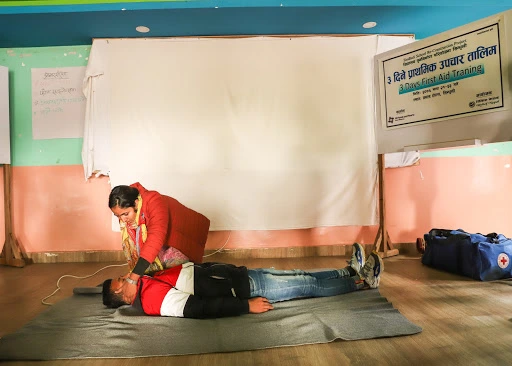
AH&H has developed a DRR framework to structure a number of guidelines and management approaches for the differing scopes of work, i.e. principles developed specifically to support implementation in schools and risk reduction through resilient home rebuilds. We understand that each project and each community we work alongside will require tailored practices with bespoke elements.
A framework is only a first step in addressing the process, which is a long journey from the introduction of the principles to combined implementation with the AH&H team to the ultimate goal – developing capacity within the community for long-term behavioral change for Disaster Risk Reduction.

Working with Communities
When we implement DRR training within communities, our main objectives are to maintain a safe environment post-construction, create a culture of preparedness and plan for future hazards, conforming to international standards.
Our initial approach is to review concepts such as the natural environment, historic and potential disasters, identifying and mapping hazards and risks to understand capacities and create a DRR framework. At the same time, we involve, coordinate and work with local education authorities and disaster management counterparts in planning and executing the training to make sure we are aligned with the in-country protocols and guidelines.
For example, in the Philippines Typhoon Relief program in Southern Leyte, the team supplemented standard DRR training with community training sessions to create awareness in the use of planting vetiver grass and madre de agua, local endemic plant species, for use in soil stabilisation and disaster risk mitigation. Soil stabilization involves reinforcing the ground to prevent erosion and landslides, which are common after severe weather events like typhoons. By planting vetiver grass, known for its deep and strong root system, and madre de agua, a fast-growing and sustainable species, communities in this region of the Philippines can reduce the risk of soil displacement that leads to flooding or structural damage. These natural solutions are cost-effective and ecologically sustainable, empowering local communities to proactively protect their environment and infrastructure from future disasters.
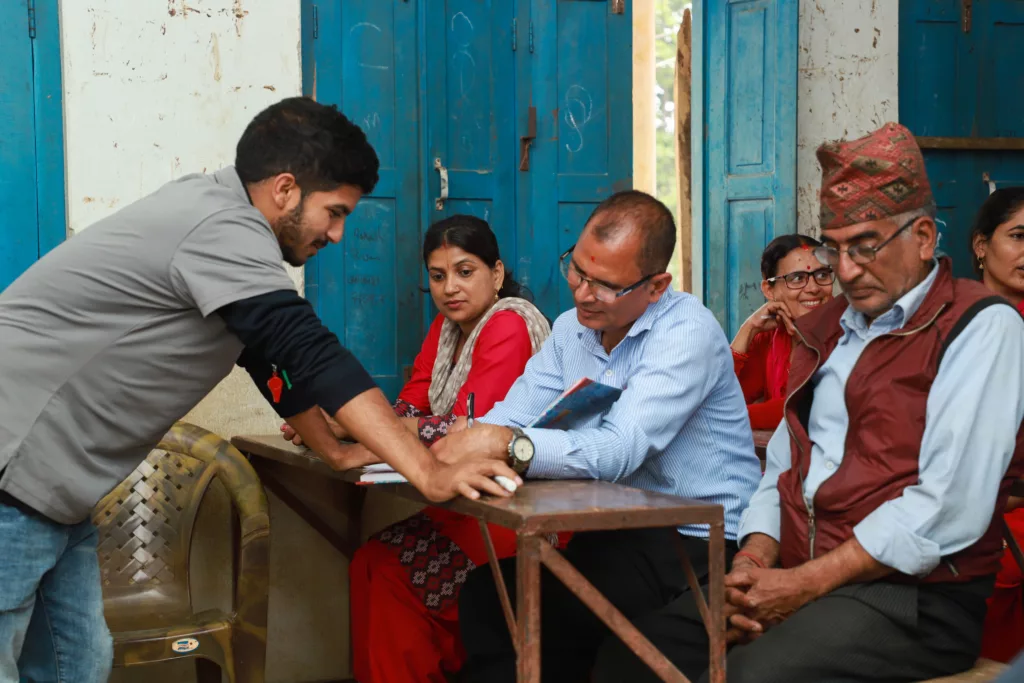
Additionally, we work with the community to establish a dedicated DRR committee tasked with managing actions before, during and after disasters, supported by clearly defined operating procedures. This structure ensures the long-term sustainability of vital training, infrastructure upkeep and behavioral adaptations, all aimed at building the community’s resilience to future hazards. To further support these efforts, AH&H provides comprehensive training to the broader community, including hands-on participation in disaster management activities such as fire and earthquake drills.
Utilizing the guidelines provided by the United Nations International Strategy for Disaster Response (UNISDR), All Hands & Hearts is committed to working alongside disaster-at-risk communities to develop DRR practices and reduce the risks posed by future disasters.
Together, we can work to protect as many students, families and individuals as possible from harm and increase the resilience of communities post-disaster.
